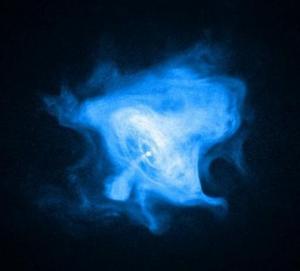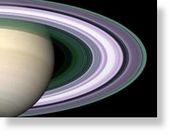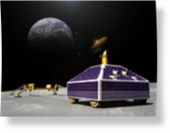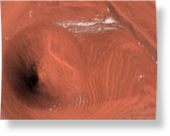London - A computer simulation showing the formation and evolution of a galaxy like the Milky Way points to where scientists should look to spot dark matter, international researchers reported on Wednesday.
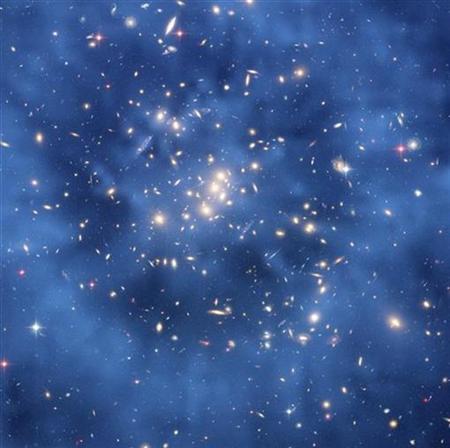
© REUTERS/NASA, ESA, M.J. Jee and H. Ford/Johns Hopkins University/Handout This undated image from the Hubble Space Telescope shows a ghostly ring of dark matter in a galaxy cluster designated Cl 0024+17.
The findings published in the journal
Nature move researchers a step closer to unraveling the mystery of the substance that makes up most of the universe, said Carlos Frenk, a cosmologist at Durham University in Britain.
"Discovering what dark matter is, is one of the most fundamental questions scientists can ask," Frenk, who worked on the study, said in a telephone interview.
